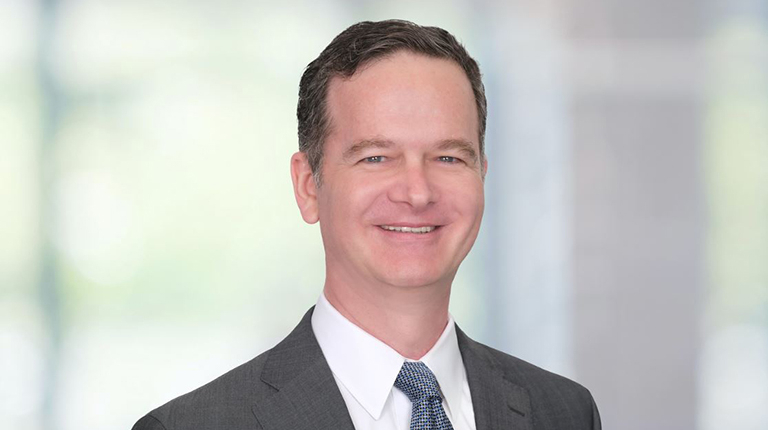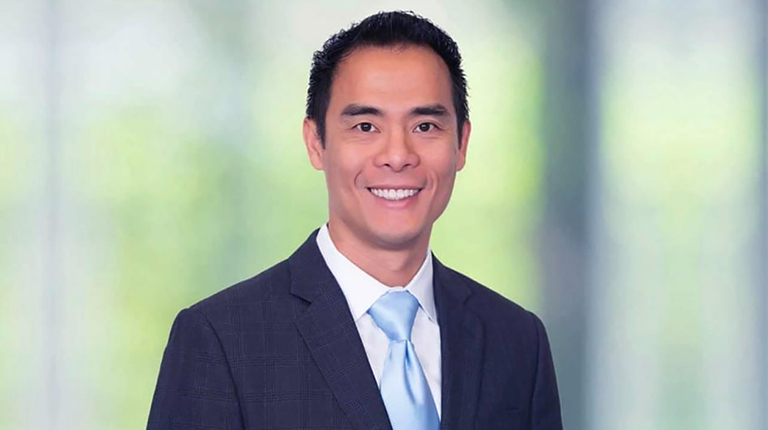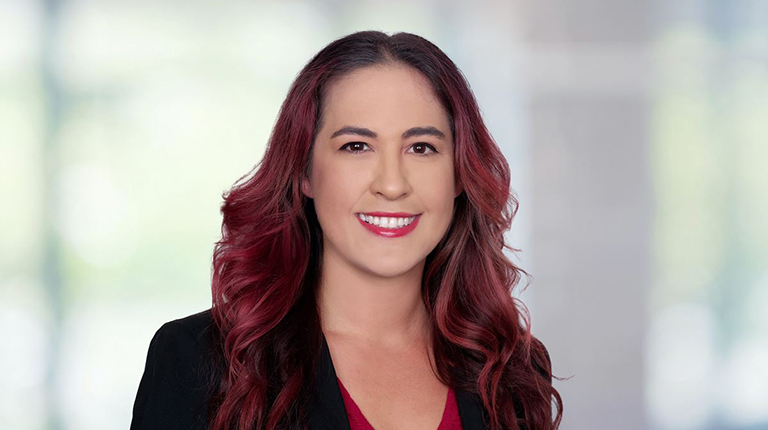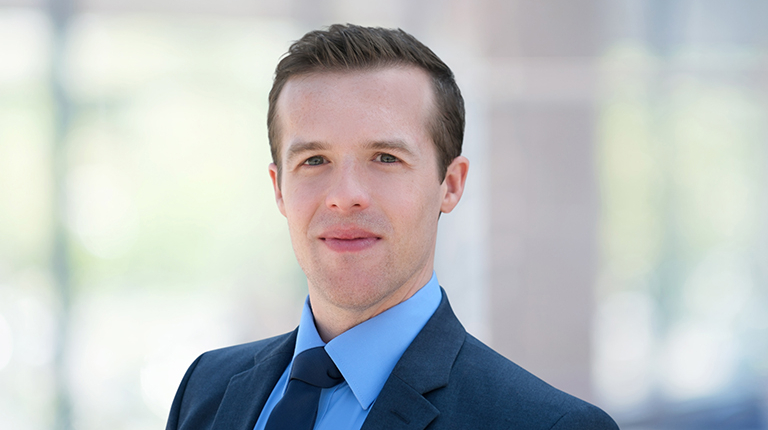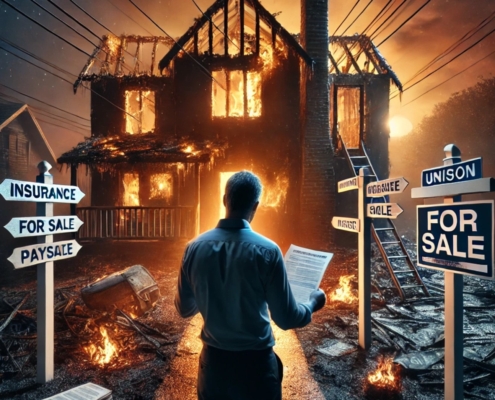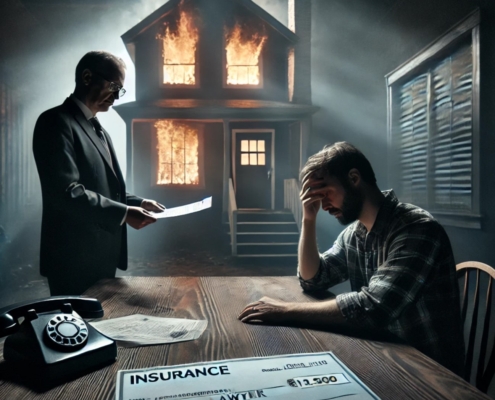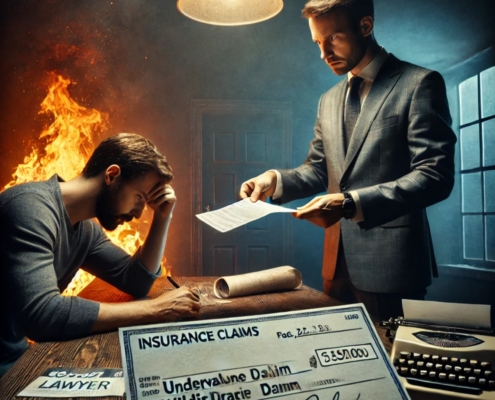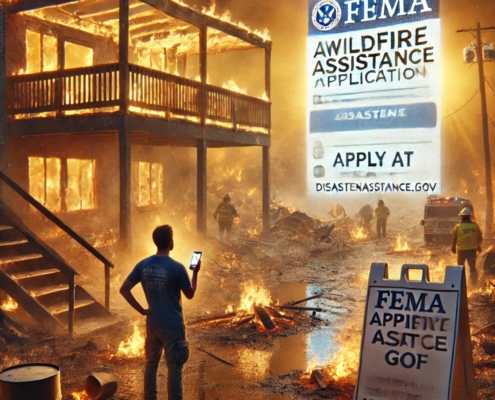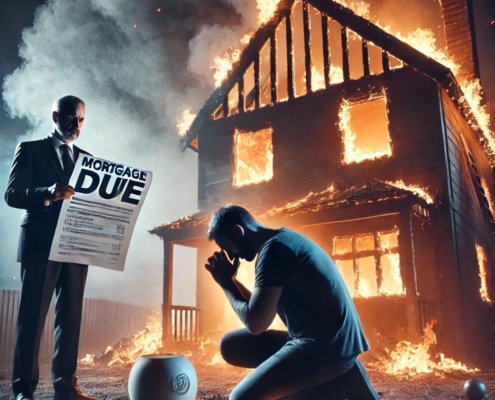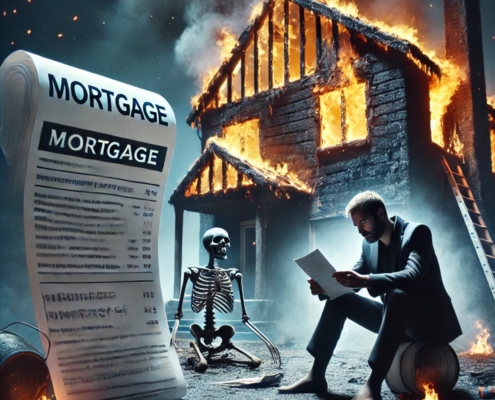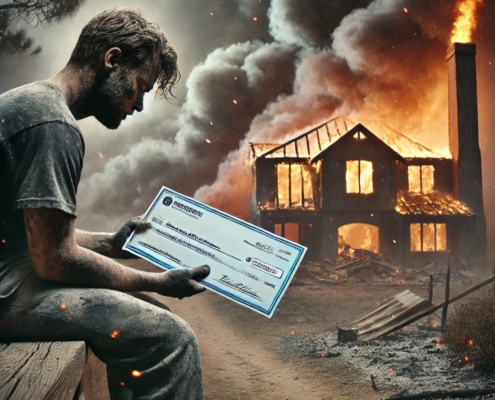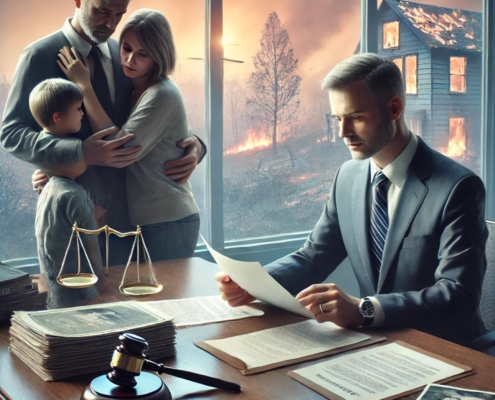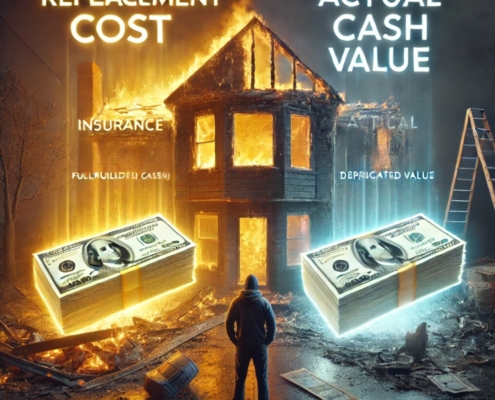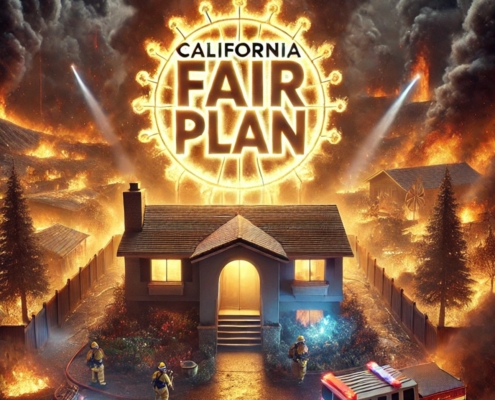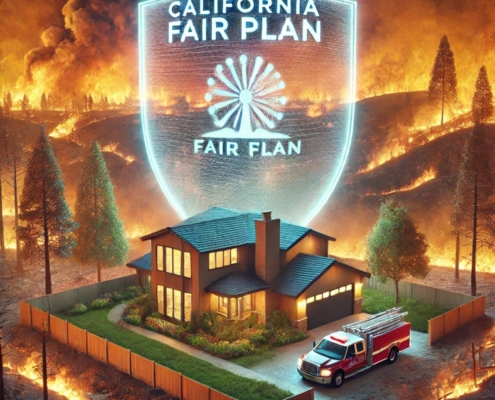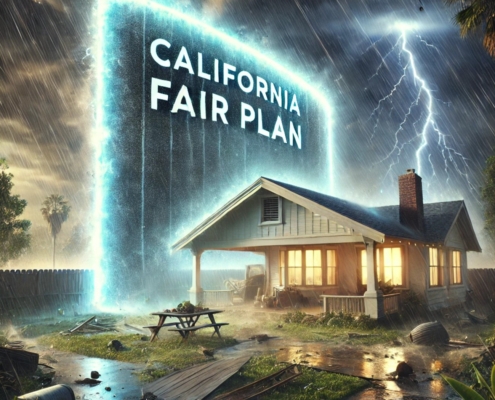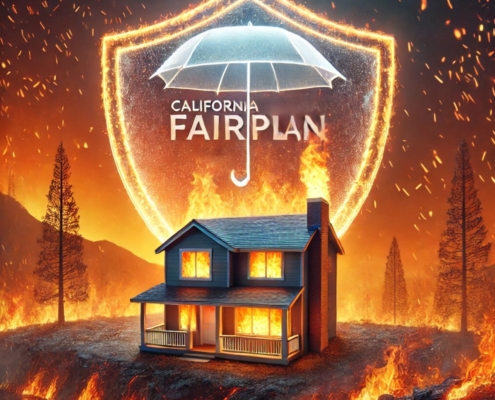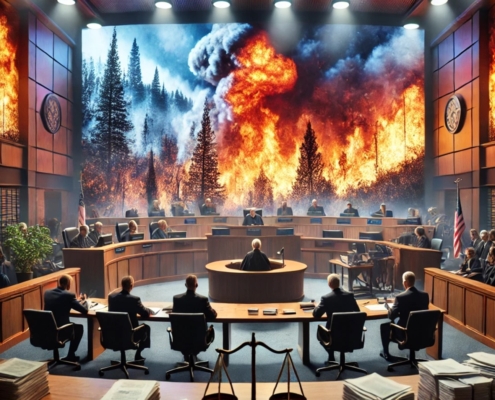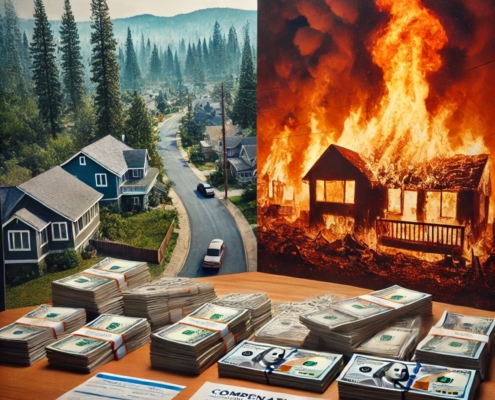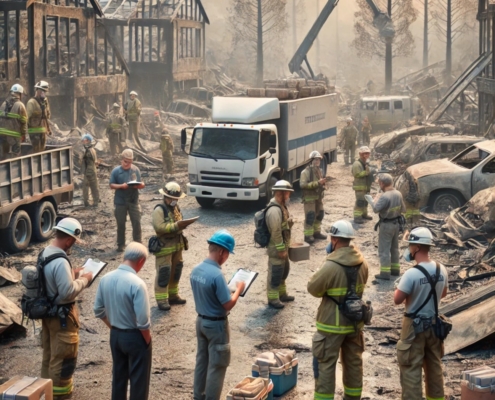Understanding the Legal Landscape of the January 2025 Wildfires
In January 2025, Southern California faced a series of devastating wildfires, including the Eaton Fire in Altadena. This fire alone consumed over 14,000 acres, destroyed at least 4,600 structures, and displaced thousands of residents. The catastrophic effects have sparked a wave of lawsuits, primarily directed against Southern California Edison (SCE), which many victims allege is responsible for starting the fire.
The lawsuits hinge on the claim that SCE’s electrical equipment contributed to the ignition of the fire. As investigations continue, many questions remain about compensation, liability, and the legal processes involved. A key concern for victims is understanding how much they might receive in compensation and the mechanisms behind these payouts.
Legal Doctrine: Inverse Condemnation and Utility Liability
California’s unique legal doctrine of inverse condemnation plays a central role in wildfire lawsuits. Under this principle, utilities can be held strictly liable for damages caused by their equipment, even if there is no evidence of negligence. This doctrine was designed to ensure that individuals impacted by public services—like electricity delivery—can claim compensation for their losses.
While inverse condemnation helps victims recover damages, it places immense financial pressure on utility companies. These utilities must compensate victims and then recover those costs from their customers or other mechanisms, creating a contentious cycle of liability and expense.
California’s Wildfire Fund: An Essential Safety Net
To address the financial strain on utilities and ensure timely compensation for victims, California established a $21 billion Wildfire Fund in 2019. Utilities like SCE, Pacific Gas & Electric (PG&E), and San Diego Gas & Electric (SDG&E) contribute to this fund. Its purpose is to expedite payouts for victims while safeguarding utilities from bankruptcy due to massive wildfire liabilities.
The Wildfire Fund functions under specific conditions:
- It only covers claims against the participating utilities (SCE, PG&E, and SDG&E).
- Claims are only covered if the utility is found liable for causing the wildfire.
- Utilities must pay a portion of damages before the fund steps in.
The mechanism of the fund is designed to ensure rapid compensation for victims who have suffered devastating losses while also preventing utilities from collapsing under the weight of massive financial liabilities. However, this framework is not without its challenges. For example, in the case of the Eaton Fire, if SCE is determined to be responsible, it would need to pay the first $1 billion in claims. Beyond that, the Wildfire Fund would cover additional compensation. However, if SCE is found to have acted “imprudently” in causing the fire, its liability could increase to $3.9 billion, creating a significant financial burden for the utility.
This structure ensures that victims are not left waiting indefinitely for compensation, but it also creates a delicate balance between holding utilities accountable and maintaining their operational viability. While the fund helps to expedite compensation, it also raises concerns about long-term sustainability. As fires grow in intensity and frequency due to climate change, the fund’s capacity to cover widespread damages may be tested.
Moreover, the fund’s limitations—covering only certain utilities and requiring a liability determination—can exclude some victims from immediate relief. Fires linked to municipally owned utilities, for instance, fall outside the fund’s scope, leaving those victims to rely on alternative mechanisms, such as insurance claims or lawsuits. For victims covered by the fund, the payout process is relatively straightforward once liability is established. However, for those excluded, the road to compensation can be long and uncertain.
Critics of the fund argue that it does not address the root causes of wildfire risks, such as aging utility infrastructure and inadequate safety measures. To ensure that the fund remains an effective tool, some experts suggest reforms, including expanding its coverage to include all utility-caused fires and increasing contributions from utilities to reflect the growing risk landscape. Without such adjustments, the fund’s ability to provide timely and equitable compensation may be compromised in the face of future wildfires.
Challenges in Determining Payouts Per Person
One of the most pressing questions for wildfire victims is: What is the payout per person? Unfortunately, calculating this amount is far from straightforward. Several factors influence individual compensation:
- Total Damages: The overall destruction caused by the fire, including property loss, emotional distress, and personal injuries. This category alone can vary widely, as some victims may have lost entire homes and businesses, while others experienced minimal property damage or primarily suffered emotional impacts.
- Number of Claimants: The more people impacted by the fire, the more the compensation must be divided. A densely populated area experiencing significant destruction often results in higher numbers of claimants, which can dilute the per-person payout.
- Legal and Investigative Outcomes: Determinations of liability and the availability of Wildfire Fund resources significantly impact payouts. If the utility is found fully liable and eligible for fund support, victims are more likely to see substantial compensation. Conversely, disputes or limitations on fund usage can hinder the payout process.
Historical settlements provide some context but not definitive answers. For example:
- In the 2018 Woolsey Fire, Southern California Edison settled for $210 million in damages, impacting thousands of victims.
- For the 2017 Thomas Fire, the settlement was $80 million, reflecting a smaller number of claimants and damages.
Additional examples from other cases show wide variability in payouts based on fire scale and legal outcomes. Some claimants have received significant compensation for total property loss, while others, especially those who filed late or provided incomplete documentation, received much smaller amounts. Homeowners affected by the wildfire lawsuit must complete a questionnaire to determine their payout such as this questionnaire. In the Northern California fire, Cathy Yanni, Trustee of the Fire Victim Trust, announced a pro rata payment.
These figures highlight the variability in compensation depending on the scale of the fire and the damages incurred. Victims of the Eaton Fire may face a similar situation, where compensation depends on the resolution of lawsuits and the total pool of funds available. Ongoing legal proceedings, the number of eligible claimants, and the efficiency of the compensation process will ultimately dictate the outcomes for individual victims.
The challenges of insurance claims become even more acute in areas severely impacted by the wildfires:
-
- Pacific Palisades: The Palisades Fire burned over 23,713 acres starting on January 7, 2025, destroying homes and cultural landmarks.
- Altadena: The Eaton Fire devastated this community, destroying thousands of structures, including historic restaurants and businesses along Lake Avenue.
- Malibu: Parts of Malibu, known as the Malibu fire, suffered significant losses as the Palisades Fire extended into the area, leading to the destruction of beachfront properties.
- Topanga: This community faced evacuations and property losses as the Topanga fire spread through the region.
- San Fernando Valley: The Hurst Fire burned approximately 799 acres near San Fernando, causing evacuations and damage to properties.
These widespread damages amplify the difficulties for businesses trying to quantify their losses and file comprehensive claims. Working with a Los Angeles fires lawyer or an Altadena fire lawyer can help streamline the claims process and ensure a fair settlement.
Uneven Compensation and the Role of the Wildfire Fund
While the Wildfire Fund serves as a critical resource, it does not guarantee equal compensation for all wildfire victims. Fires involving municipally owned utilities, such as the Pacific Palisades Fire, are not covered by the fund. This exclusion leaves victims of these fires to rely on alternative legal or insurance channels, which can lead to protracted compensation timelines and reduced payout amounts compared to those covered by the fund.
Additionally, the fund’s coverage is limited to specific utilities, creating disparities between victims depending on the fire’s origin. For example, a fire linked to a private utility like Southern California Edison may offer a more streamlined compensation path through the fund, whereas victims of municipally linked fires may face additional hurdles. This inconsistency has sparked debates about fairness, as many argue that all wildfire survivors deserve equitable relief regardless of the utility involved.
The fund’s limitations also raise questions about its long-term sustainability and effectiveness in addressing the full scope of wildfire damages. As fires increase in frequency and intensity, the fund’s resources may become strained, further exacerbating disparities. Critics suggest that expanding the fund’s coverage or creating supplementary mechanisms could help bridge these gaps and provide a more inclusive safety net for all victims.
Litigation and Settlement Processes
Wildfire litigation often involves complex negotiations and lengthy court proceedings. Victims seeking compensation must file claims against the utility company or other responsible parties. These claims are typically consolidated into class-action lawsuits or mass tort cases, allowing plaintiffs to pool resources and streamline the legal process.
Once liability is determined, settlement negotiations begin. Utilities and their insurers work to establish the total compensation amount, which is then distributed among claimants. Factors such as the severity of individual losses, legal fees, and administrative costs affect the final payout per person.
Impact of Utility Responsibility on Compensation
The determination of utility responsibility is pivotal in wildfire cases. Utilities are often found liable due to the high standards imposed by California’s legal framework. However, if utilities can demonstrate that they acted prudently and followed safety protocols, they may avoid liability or limit their financial exposure.
For the Eaton Fire, SCE’s liability will depend on the outcome of ongoing investigations. If evidence shows that SCE’s equipment was the ignition source and that the company failed to maintain or inspect its infrastructure properly, it could face significant penalties. Conversely, if SCE can prove that it took all reasonable precautions, it may avoid full liability, affecting the compensation available to victims.
Long-Term Financial Implications for Utilities
For utility companies like SCE, wildfire liability poses long-term financial risks. The Wildfire Fund mitigates some of this risk, but the potential for multi-billion-dollar claims remains. Utilities must balance their responsibility to compensate victims with their need to maintain financial stability.
If utilities are found liable, they may seek to recover costs through rate increases for customers or by restructuring their operations. This creates additional challenges for communities already burdened by wildfire recovery.
Lessons from Past Wildfire Settlements
California’s history of wildfire lawsuits offers valuable lessons for victims of the January 2025 wildfires. Key takeaways include:
- Timelines: Settlements can take years to finalize, leaving victims in prolonged uncertainty.
- Payout Variability: Individual compensation depends on the scale of the fire, the number of claimants, and the resources available.
- Importance of Legal Representation: Victims benefit from experienced attorneys who understand the complexities of wildfire litigation and can advocate for fair compensation.
Navigating the Road Ahead for Wildfire Victims
As the legal processes surrounding the January 2025 wildfires unfold, victims face an uncertain path. Key steps for those impacted include:
- Documenting Losses: Victims should keep detailed records of property damage, personal injuries, and emotional distress.
- Filing Claims Promptly: Early participation in lawsuits or settlement discussions can increase the likelihood of compensation.
- Seeking Legal Advice: Engaging experienced legal counsel is essential to navigate the complexities of wildfire litigation.
Conclusion: A Complex Path to Compensation
The January 2025 wildfires have left lasting scars on Southern California communities. While the state’s legal framework and resources like the Wildfire Fund provide avenues for compensation, the process is fraught with challenges. Determining payouts per person requires balancing multiple factors, including total damages, liability findings, and the availability of resources.
For victims, the road to recovery involves not only rebuilding their lives but also navigating a complex legal landscape. As investigations and lawsuits progress, the hope remains that affected individuals will receive fair and timely compensation, allowing them to move forward after this devastating disaster.

